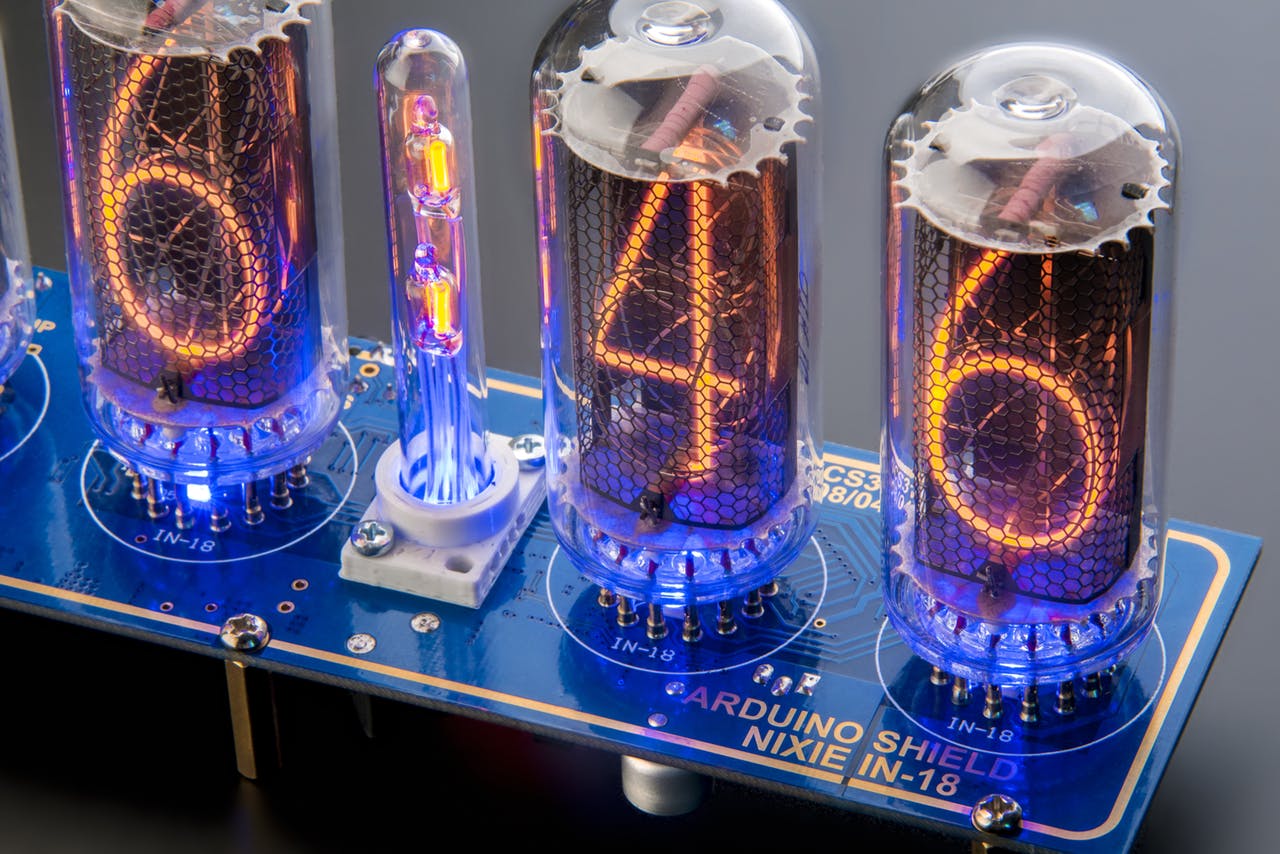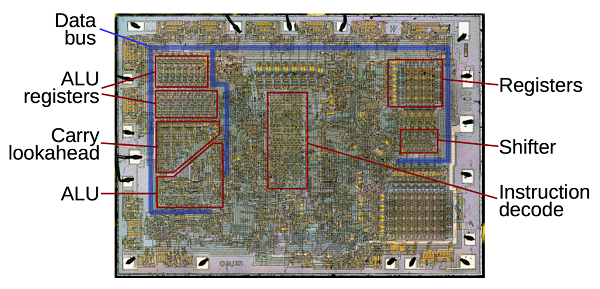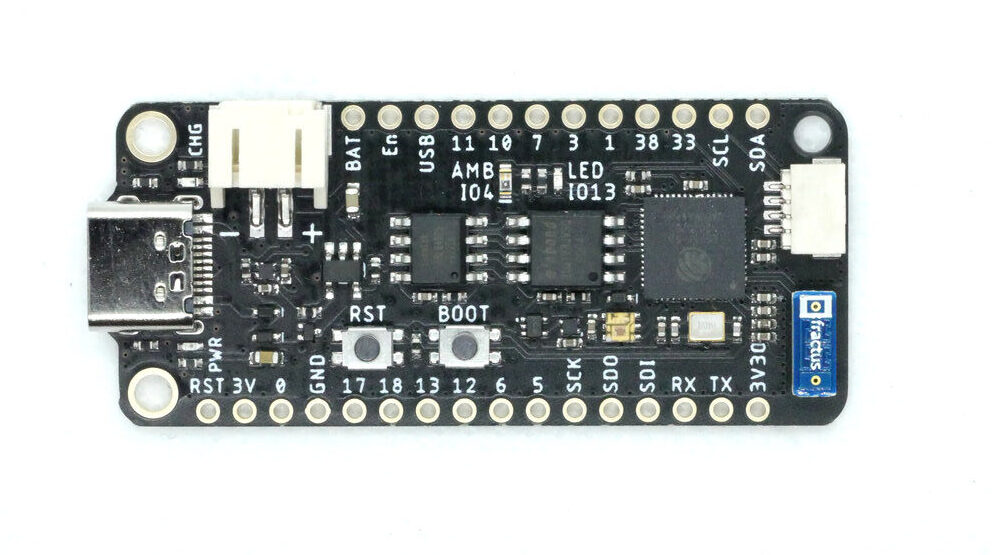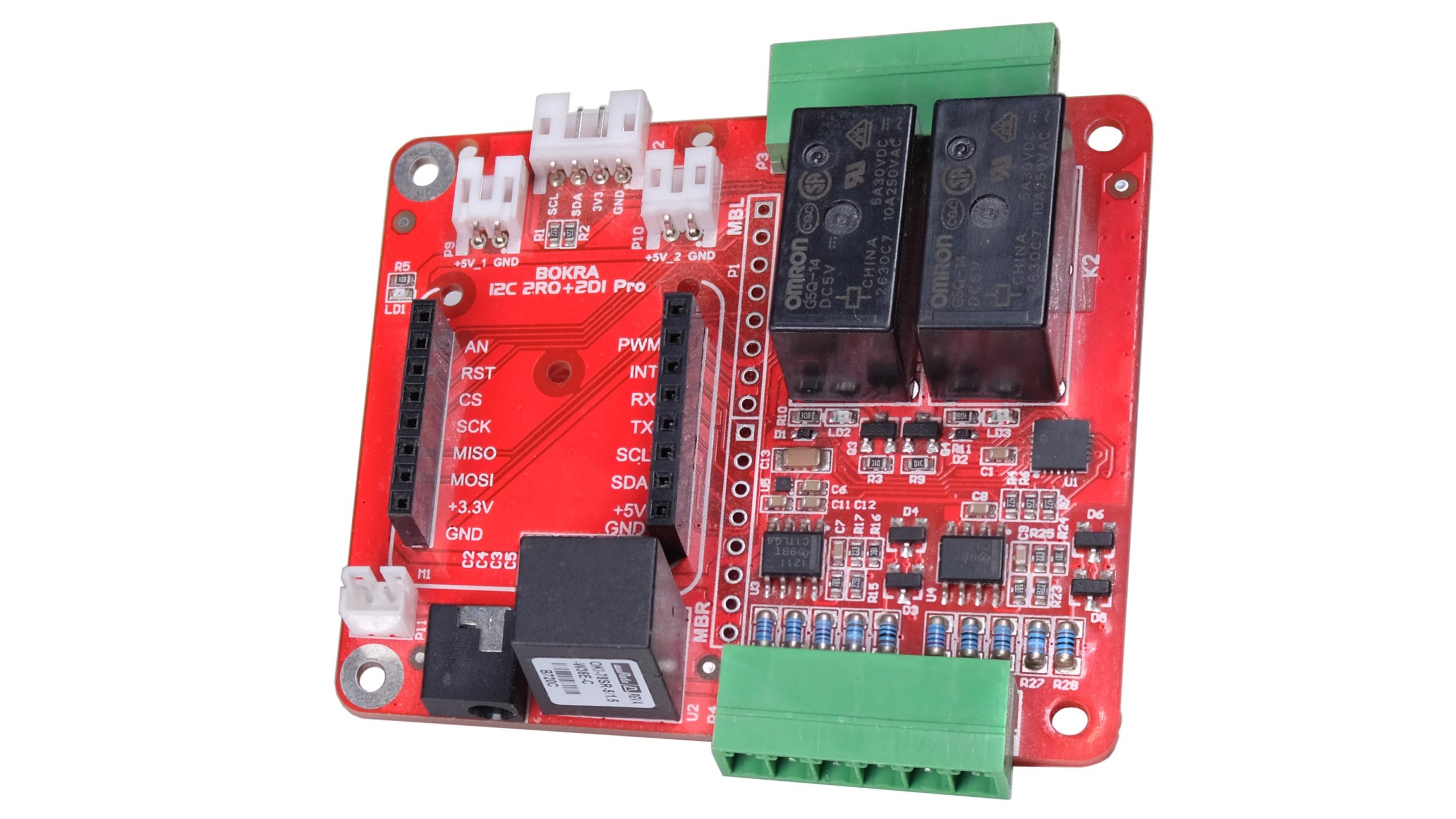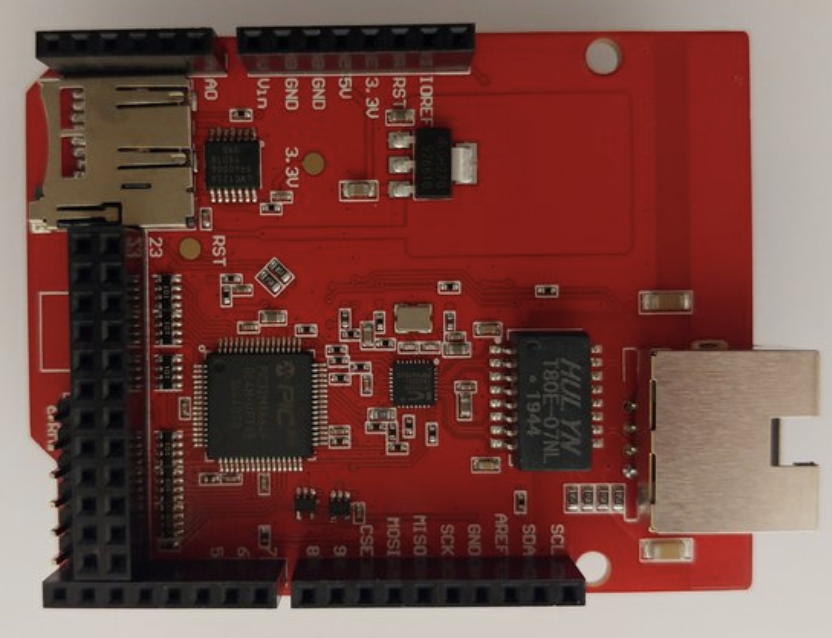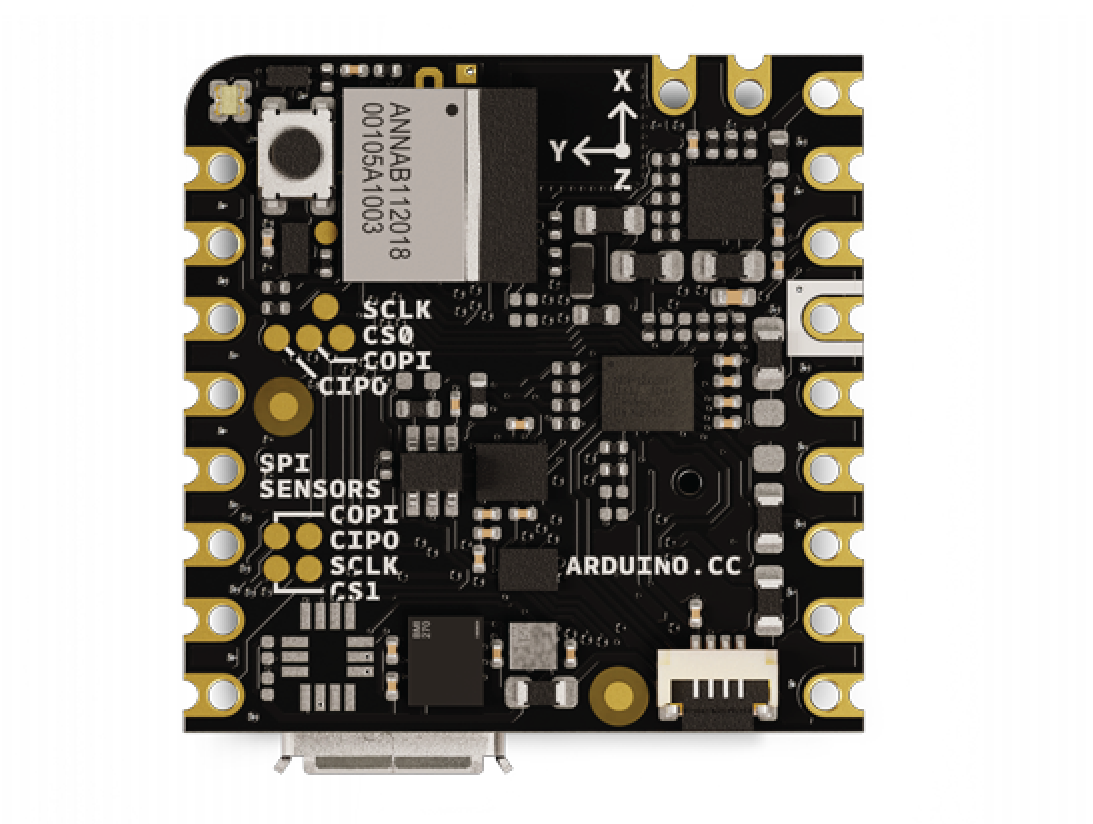
Elevate your TinyML Projects with Arduino Nicla Voice Featuring Syntiant NDP120
In a world where voice assistants can be activated by just a simple activation voice command line like “Ok Google” or “Alexa”, the importance of vocal input is crucial. Nicla Voice is a development board designed to help developers create and deploy machine learning models on edge devices, specifically for voice applications. Powered by the Syntiant NDP120, a neural decision processor, the boards can handle AI algorithms, speech recognition, and natural language processing seamlessly. With its low-power microcontroller, the board is well-suited for building and testing a wide range of voice-controlled devices like smart speakers, voice assistants, and other tinyML projects.
Technical Specifications of Nicla Voice
- The Nicla Voice uses Syntiant NDP120 Neural Decision Processor which uses 1x Syntiant Core which is an ultra-low power deep neural network interference engine; 1x Hi-Fi Audio digital signal processor(DSP) and 1x Arm Cortex M0 core which works at 48MHz.
- The board also features nRF52832 which is a general-purpose multiprotocol SoC. It is packed with Arm Cortex-M4 running at 64 MHz, 512/256 KB Flash, 64/32 KB RAM and Bluetooth 5.3(BLE).
- The sensors used are IM69D130 which is a high-performance microphone. Board also features BMI270 which is a 6-Axis IMU and a 3-axis magnetometer BMM150
- The Nicla Voice is just 22.86 x 22.86 mm and weighs just 2g. The module has an operating temperature range of 0° C to +70° C.
The Syntiant NDP120 is a special-purpose processor for deep learning and is ideal for always-on applications in battery-powered devices. It is built using Synthia Core 2 programmable deep learning architecture. Core 2 delivers 25 times better performance than its predecessor Synthia Core 1. It’s designed to run deep neural networks on various architectures natively.
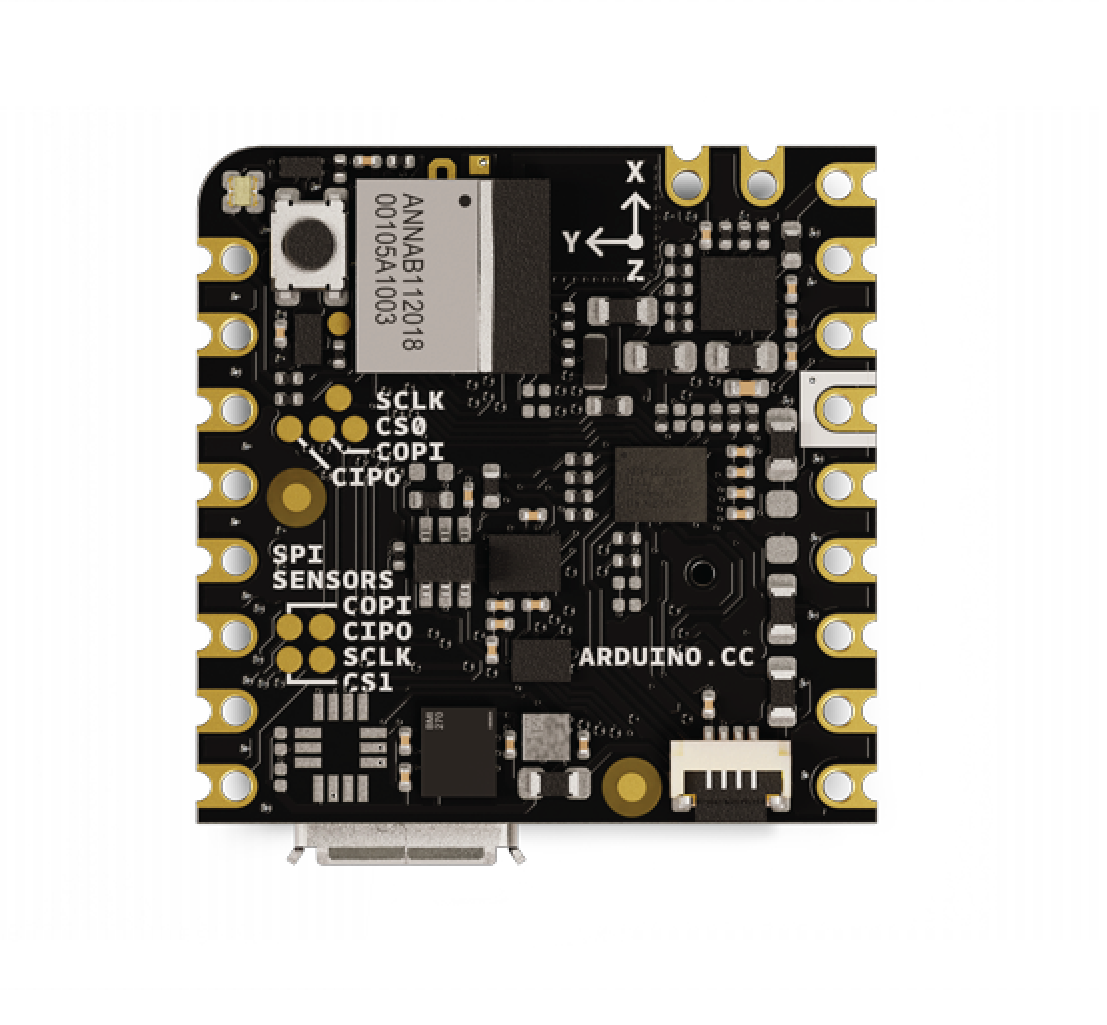
Connectivity, software support, and more about the board
The Nicla Voice features Bluetooth low energy which is aimed at novel applications in the healthcare, fitness and home entertainment industries. The Nicla Voice is intended to consume low energy while having a stable wireless connection. It features two analog-to-digital converter pins, an SPI bus, and an I2C bus. A five-pin ESLOV connector connects the device, along with a single UART, USB B. An external microphone that can be used with the ZIF connector. You can use a JST 3-pin connector to connect a Li-ion/Li-Po single cell of 3.7V to the device. The board can be programmed using Arduino IDE.
The Nicla Voice has a huge variety of applications. The applications are voice recognition, speech synthesis, voice-enabled IoT devices, smart home automation, and much more. The board retails at $82 and for more information visit the product page.





